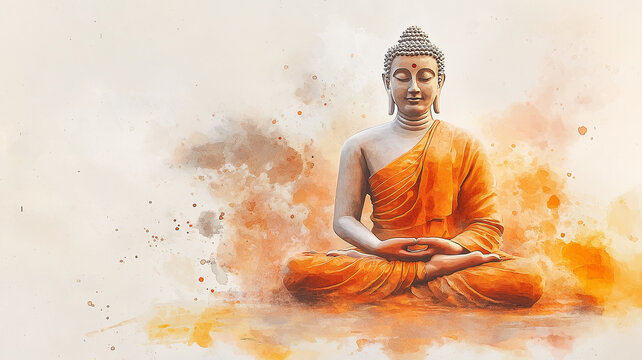When society was divided under the caste system of Hinduism, people lived as upper class and lower class. Those born into the lowest class were treated as the worst. They were considered dirty instead of human beings and faced humiliation. Society stood divided into classes on one side, and on the other, walls of wealth and poverty created more suffering.
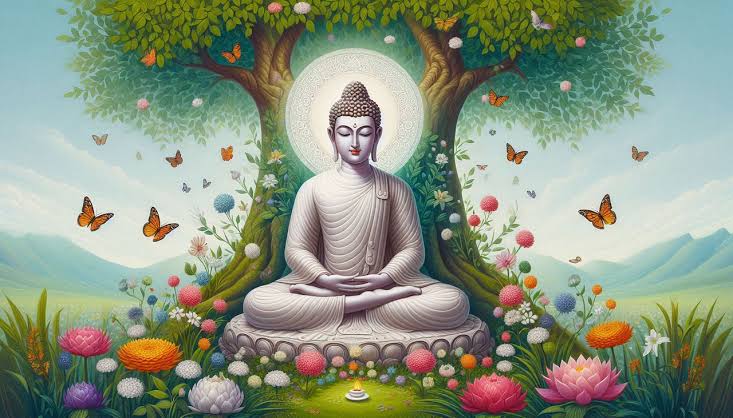
During that period, in 563 BC, Sadhguru Gautam Buddha was born in a palace. He was born into the royal family of Nepal. From childhood, he lived a royal life filled with happiness and luxury. Yet he kept searching for something beyond that life. At the age of 29, he left the palace with his servant. He exchanged clothes with him, wore the servant’s clothes, and gave away his own. In this way, leaving behind everything, including his wife and son, he went into forests and rivers.
He spent many years in severe pain and suffering. He lived through hardship and observed the suffering of others. During this time, he sat with poor families, sharing their struggles. Finally, he attained enlightenment. After awakening, he became Gautama Buddha.
It is said that Gautama Buddha left the world, deeply influenced by Jainism and Mahavira. The teachings and guidance he gave were called Buddhism, which later emerged as a religion.
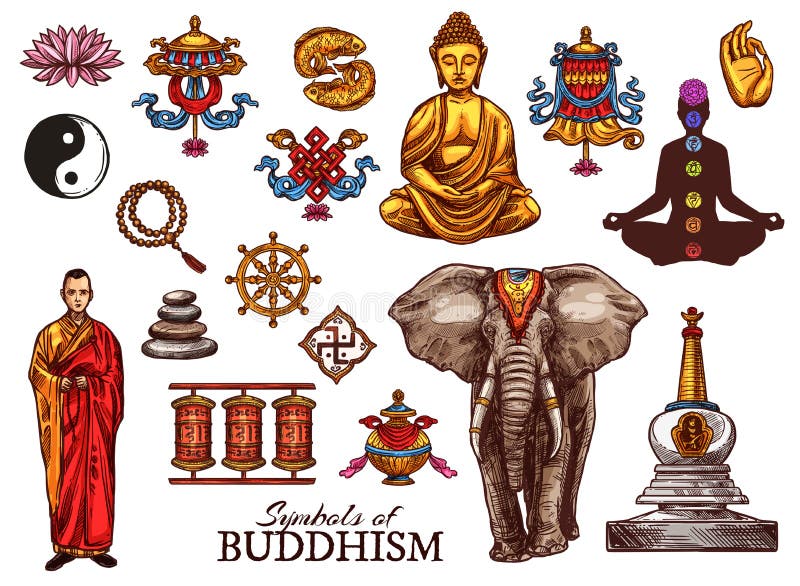
Teachings of Buddhism
Some believe Buddhism is based on the interpretation of the Vedas. Its focus is more on reflection and meditation than worship. This religion not only abolished the caste system of Hinduism but also criticized it.
According to Gautama Buddha, nothing in the world is permanent. Everything must perish and pass through change, taking another form. Every being has its own form and qualities. He believed that the cause of suffering lies in accepting a separate existence of the personality. From this, desires are born, and those desires cause suffering.
A true Buddhist does not work for “personal salvation.” Instead, he works for “universal salvation.” According to Buddhism, one can achieve Nirvana through righteous deeds. Nirvana is freedom from physical attachments and desires. The essence of his teaching is that a person can achieve liberation from suffering.
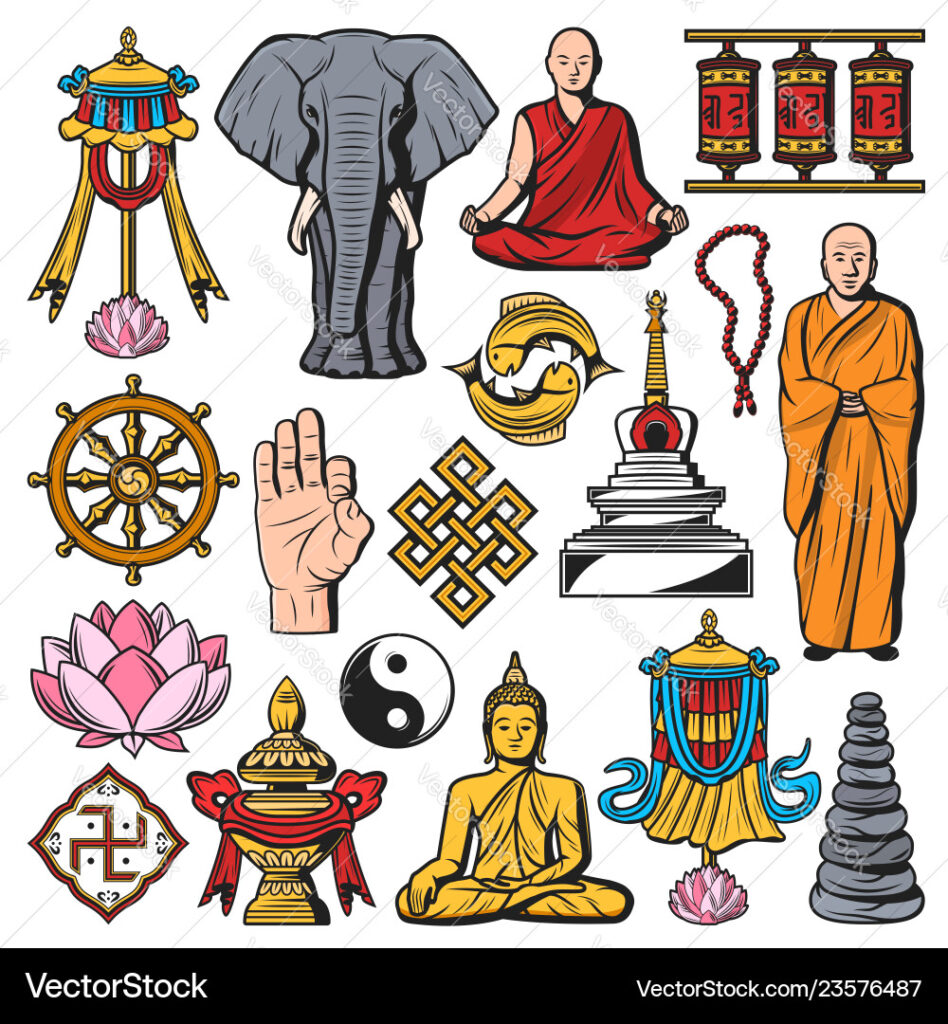
The Eight Principles of Buddhism
Buddha set out eight basic principles for righteous thinking:
- Right Thought – Free from illusions and assumptions, motivated by love, and leading toward truth.
- The Highest Goal – Guided by love, one must strive to achieve the highest purpose of life.
- Right Speech – Speak the truth and respect differing opinions.
- Right Action – Good actions that promote peace and brotherhood.
- Right Livelihood – Earn in a way that harms no one and does not deprive others.
- Right Effort – Make effort to perform right actions.
- Right Awareness – Be mindful of cooperation and the value of life. Make every moment meaningful.
- Right Detachment – Eliminate psychological desires to achieve freedom.
Followers of Buddhism must educate others based on these principles. The essence of these teachings can be understood in three parts:
- Knowledge of the body, its beginning and end, and the changing law of matter.
- Controlling the senses through reflection, avoiding wrong thoughts, and walking the right path.
- Distinguishing right from wrong actions and learning to act rightly.
Sects of Buddhism
Later, two major sects of Buddhism emerged:
- Hinayana.– According to this sect, the soul remains trapped in the cycle of karma. Pain, disease, and hunger are results of this cycle. Liberation comes only through right thought and right action. Only then can the soul unite with the eternal and reach true happiness.
- Mahayana.– This sect teaches three main principles: realizing action, doing good deeds, and living with asceticism and discipline. Followers believe that walking in the footsteps of the Buddha is the only way to reach the right path.
Spiritual or Material Thought
The concept of salvation connects Buddhism with religion. Like other religions, it has places of worship and rituals. Yet, its view remains unique: everything is impermanent. Gautama Buddha did not speak of any superpower or God. His idea that “everything is impermanent” led some to call him a heretic. Many believe his followers misunderstood his thought and gave it a religious interpretation.
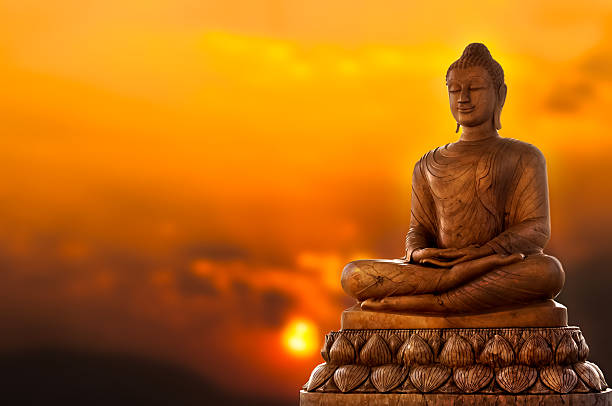
Spread of Buddhism
At one time, Buddhism spread across India, Central Asia, China, Japan, Mongolia, Myanmar, and Sri Lanka. Today, the Mahayana sect has the largest following, especially in Tibet and Japan. The Hinayana sect is strong in Thailand, Myanmar, Cambodia, and Laos.
Although Buddhism originated in Nepal, Buddhists are not a majority there. Still, one of the largest Buddhist temples stands in Indonesia.
Writer: GM Leghari






